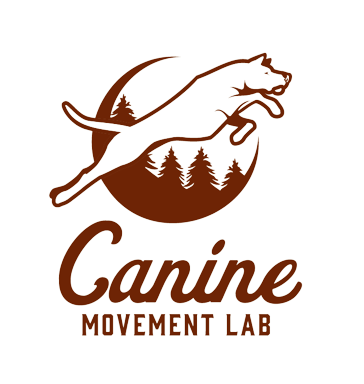Blog — training advice
House Training Your Adult Dog
No matter what age your dog is, it's important to use a crate or kennel when housetraining, and also to keep them on a strict feeding and potty schedule. Dogs naturally keep their "den" clean, so by restricting their movement with a crate or kennel, you are encouraging this natural behavior. Keep to this strict crating protocol for at least six months. Once going to the bathroom outdoors becomes a habit, your dog should start asking to go out. Test them by gating them in a room with solid floors like tile, so if they do have an accident it...
Increasing Your Dog's Emotional Capacity = Building Tolerance to Stress
When potential clients call me because they're having problems with their dog, they usually try to convince me that their dog is actually really smart. The thing is, I never doubt the intelligence of the dog, because almost all of them are extremely clever and eager to learn new things. Learning, however, isn't the dog's problem. Dogs with behavioral issues (as judged by the human) usually have a limited capacity to deal with stress. Therefore, I'm not concerned with the dog's ability to learn their obedience commands, what I want to know is: How can we increase their emotional capacity? Increasing emotional...
Physical Laws of Energetic Dog Training
Follow these simple tips to see BIG changes in your dog's behavior The Energy Equation: Don't add energy to a problem behavior which already represents an energy overload. Examples of adding energy: "Positive punishment" (this means adding stimulus/punishment) of unwanted behavior, this never works! It may seem like it's working in the short term, but in the long term you are literally adding energy to the very problem you are trying to extinguish. Another example of adding energy: puzzles and other games and toys that add "mental stimulation" to a dog who is already over-stimmed. If your dog is truly...
What is Drive Training?
What does it mean to work with your dog's drive? First, you want to find the thing that most motivates your dog. Think of something that piques your dog's interest like food or prey. Arousal is the level of excitement they show when presented with that stimulus, and persistence is the annoying way they obsess over that thing! So when you think of different things that capture your dog's attention, take note of their level of arousal and the length of time they choose to stay engaged with that stimulus, which is their persistence. Some dogs will have more food...
Nervous Systems and Somatic Resonance
"Dogs are very sensitive to body language, so the least little tense movement--a change of gait, a slight hunching of the shoulders--can be observed and interpreted as something being amiss. When we're upset, our voices can go up slightly in frequency as well. Dogs get these nuances in ways most people don't. Masking strong feelings by acting like things are OK may not always work, either: It's quite likely that dogs can smell fear, anxiety, even sadness... The flight-or-fight hormone, adrenaline, is undetectable by our noses, but dogs can apparently smell it. In addition, fear or anxiety is often accompanied...






